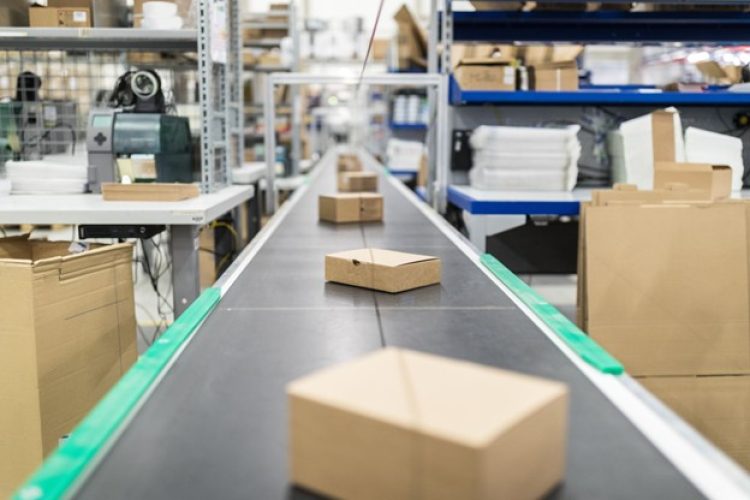Packaging is a crucial element in both e-commerce and retail, yet each environment presents distinct needs and challenges that can significantly impact a brand’s success. Businesses must balance functionality, sustainability, and the customer experience to meet evolving expectations.
E-commerce Packaging: Durability and Customer Experience
E-commerce packaging focuses heavily on durability and protection. Packages often travel long distances and experience multiple handling stages. Strong materials that protect goods from damage during transit are essential. Packaging should also be easy to open and reuse, as customers increasingly expect both convenience and eco-friendliness.
Beyond protection, e-commerce packaging creates a moment of excitement when it arrives at a customer’s door. This unboxing moment can become an extension of your brand story. Customized inserts, branded tissue paper, and engaging designs add a personal touch. Clear labeling and easy return processes also build trust and convenience for customers.
Retail Packaging: Visibility and Impact on Shelves
Retail packaging requires a different approach. It must capture attention and stand out in a crowded physical environment. A package’s visual appeal directly impacts purchase decisions, especially when it sits beside competing products on a shelf.
Retail packaging is designed for easy stacking and consistent branding to align with in-store displays. Materials should look attractive while remaining practical. Eye-catching colors, clear product information, and well-thought-out graphics are key to drawing customers in.
Balancing Sustainability with Practicality
Sustainability has become a significant factor for both e-commerce and retail packaging. Brands are moving away from excess materials and opting for recycled or biodegradable options. Packaging choices should reflect a company’s environmental values while ensuring products remain protected and appealing.
For e-commerce, this can mean lighter, more compact boxes that reduce shipping weight and waste. In retail, it can mean using materials that are recyclable or reusable, while still maintaining an upscale look.
The Role of Technology in Packaging
Technology shapes how businesses approach packaging decisions. Analytics can identify damage-prone areas in the supply chain, helping reduce waste and improve customer satisfaction. Automated packaging solutions such as conveyors products streamline fulfillment and reduce labor costs for e-commerce operations.
Retailers are also integrating smart packaging features such as QR codes that share product details or promotions. This connects physical shopping experiences with digital engagement.
Choosing the Right Strategy
Successful packaging strategies come from aligning each element with the buying context. E-commerce businesses should prioritize durability and a positive unboxing experience. Retail-focused companies should create eye-catching designs that fit store environments and support brand recognition.
Both approaches must consider sustainability and technological tools to meet modern customer expectations. Packaging is no longer an afterthought. It plays a critical role in shaping the customer’s journey from first glance to product use.
E-commerce and retail packaging serve the same purpose of protecting and promoting products, yet they cater to different customer experiences. Businesses that take the time to evaluate and refine their packaging strategy can set themselves apart in competitive markets and foster stronger brand loyalty. For more information, feel free to look over the accompanying infographic below.

